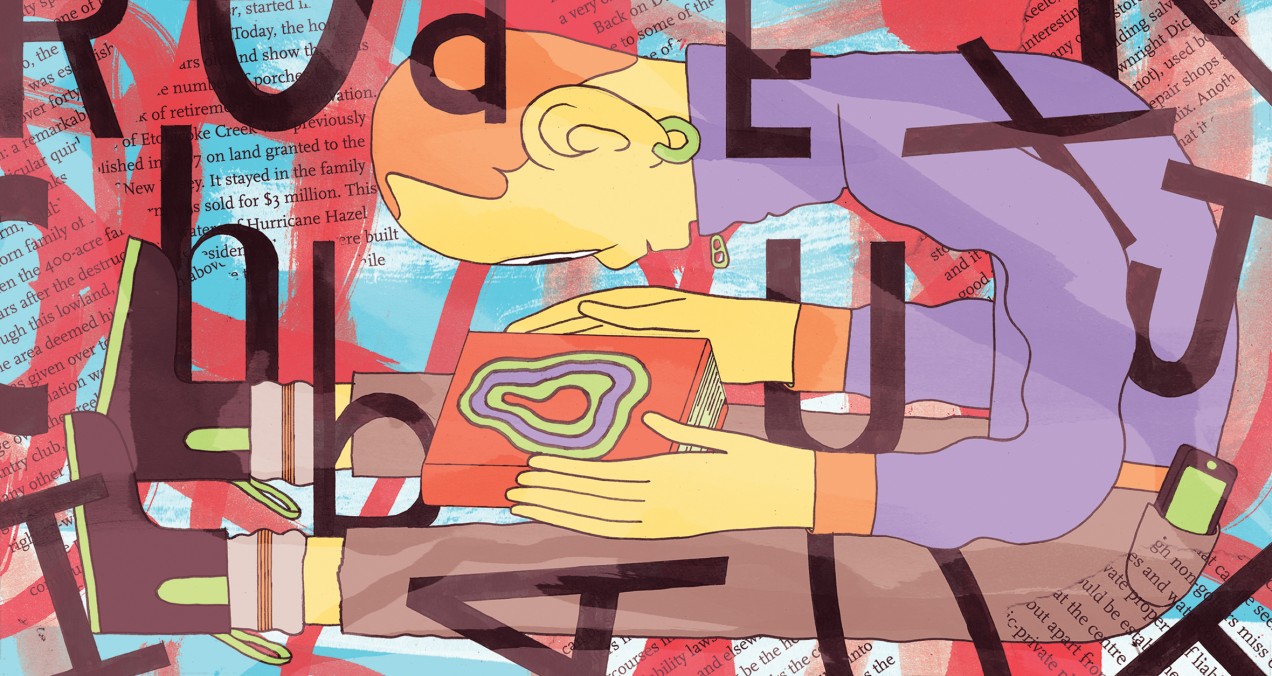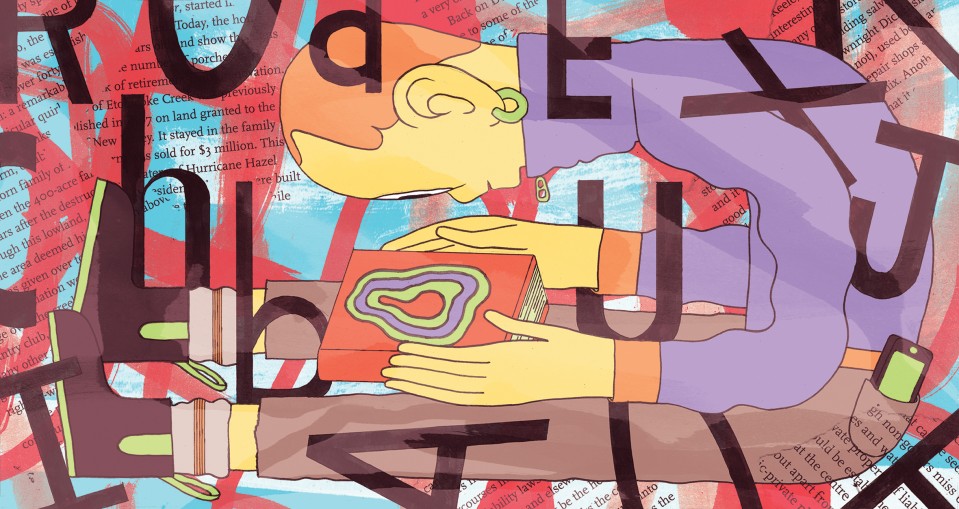

Reading Closed Books
New technology makes it possible to decipher text printed on a stack of pages.

MIT researchers and their colleagues are developing an imaging method that can read closed books.
In September, in Nature Communications, the researchers reported a new method that they tested on a stack of papers, each with one letter printed on it. The method was able to correctly identify the letters on the top nine sheets.
“The Metropolitan Museum in New York showed a lot of interest in this, because they want to, for example, look into some antique books that they don’t even want to touch,” says Barmak Heshmat, a research scientist in Ramesh Raskar’s Camera Culture group at the MIT Media Lab and corresponding author on the new paper. He adds that the system could be used to analyze a large range of materials organized in thin layers, such as coatings on machine parts or pharmaceuticals.
The MIT researchers developed the algorithms that acquire images from individual sheets in stacks of paper; researchers at Georgia Tech developed the algorithm that interprets the often distorted or incomplete images as individual letters.
The system uses terahertz radiation, a band of electromagnetic radiation between microwaves and infrared light. Terahertz radiation can distinguish between ink and blank paper, in a way that x-rays can’t, and it can be emitted in such short bursts that the distance it has traveled can be accurately measured. The system exploits the fact that air pockets about 20 micrometers wide separate a book’s pages naturally. The difference in the degree to which air and paper bend light means that the boundary between them will reflect terahertz radiation back to a detector.
In the researchers’ setup, a standard terahertz spectrometer emits ultrashort bursts of radiation, and the camera’s built-in sensor detects their reflections. From the reflections’ time of arrival, the MIT researchers’ algorithm can gauge the distance to the individual pages of the book.
While most of the radiation is either absorbed or reflected by the book, some of it bounces around between pages before returning to the sensor, producing a spurious signal. The sensor’s electronics also produce a background hum. One of the tasks of the MIT researchers’ algorithm is to filter out all this “noise.”
The information about the pages’ distance helps: it allows the algorithm to home in on just the terahertz signals whose arrival times suggest that they are true reflections. Then it relies on two different measures of the reflections’ energy, and assumptions about both the energy profiles of true reflections and the statistics of noise, to extract information about the chemical properties of the reflecting surfaces. This allows researchers to identify letters by determining the exact shapes of ink printed on each individual page.
Advertisement